Mashru

Mashru weaving is an age old tradition in India. The textile evolved out of a desire to wear silk when it was prohebited for the Muslim men. An indigenous weaving technique was employed, which allowed the lower surface to be of cotton while the exterior had the sheen of silk. It was also traded to Arabian countries later. Mashru means “permitted” in Arabic and it is believed to be the source of the name of this textile. Gradually it was liked by Hindus and nomads of the region alike.
This cotton-silk fabric is woven only in some selected patterns. While the small dotted mashru is preferred in Anjar, Kutch, the striped ones have a demand all over. Traditionally used in garments, Mashru is also used for making quilts, cushions and bags now. Craftsmen have developed new designs mixing other techniques like tie-dyeing or ‘Bandhani’.
Long time ago, there was a king of Sindh, who like any other king, was fond of royal luxurie..Description
Add to Cart
Long time ago, there was a king of Sindh, who like any other king, was fond of royal luxurie..Description
Add to Cart
Long time ago, there was a king of Sindh, who like any other king, was fond of royal luxurie..Description
Add to Cart
Long time ago, there was a king of Sindh, who like any other king, was fond of royal luxurie..Description
Add to Cart
Long time ago, there was a king of Sindh, who like any other king, was fond of royal luxurie..Description
Add to Cart
Long time ago, there was a king of Sindh, who like any other king, was fond of royal luxurie..Description
Add to Cart
Long time ago, there was a king of Sindh, who like any other king, was fond of royal luxurie..Description
Add to Cart
Long time ago, there was a king of Sindh, who like any other king, was fond of royal luxurie..Description
Add to Cart
Long time ago, there was a king of Sindh, who like any other king, was fond of royal luxurie..Description
Add to Cart
Long time ago, there was a king of Sindh, who like any other king, was fond of royal luxurie..Description
Add to Cart
Long time ago, there was a king of Sindh, who like any other king, was fond of royal luxurie..Description
Add to Cart
Long time ago, there was a king of Sindh, who like any other king, was fond of royal luxurie..Description
Add to Cart
Long time ago, there was a king of Sindh, who like any other king, was fond of royal luxurie..Description
Add to Cart
Long time ago, there was a king of Sindh, who like any other king, was fond of royal luxurie..Description
Add to Cart
It is not just kaleidoscopic embroideries that Gujarat is so famous for; it is also the home..Description
Sold out
Think of Gujarat and vibrant images flash across the mind… the exhilarating Garba, deco..Description
Add to Cart
Think of Gujarat and vibrant images flash across the mind… the exhilarating Garba, deco..Description
Add to Cart
Think of Gujarat and vibrant images flash across the mind… the exhilarating Garba, deco..Description
Add to Cart
Think of Gujarat and vibrant images flash across the mind… the exhilarating Garba, deco..Description
Add to Cart
Think of Gujarat and vibrant images flash across the mind… the exhilarating Garba, deco..Description
Add to Cart
Think of Gujarat and vibrant images flash across the mind… the exhilarating Garba, deco..Description
Add to Cart
Think of Gujarat and vibrant images flash across the mind… the exhilarating Garba, deco..Description
Add to Cart
Think of Gujarat and vibrant images flash across the mind… the exhilarating Garba, deco..Description
Add to Cart
Think of Gujarat and vibrant images flash across the mind… the exhilarating Garba, deco..Description
Add to Cart
Think of Gujarat and vibrant images flash across the mind… the exhilarating Garba, deco..Description
Add to Cart
Think of Gujarat and vibrant images flash across the mind… the exhilarating Garba, deco..Description
Add to Cart
Think of Gujarat and vibrant images flash across the mind… the exhilarating Garba, deco..Description
Add to Cart
Think of Gujarat and vibrant images flash across the mind… the exhilarating Garba, deco..Description
Add to Cart
Think of Gujarat and vibrant images flash across the mind… the exhilarating Garba, deco..Description
Add to Cart
Think of Gujarat and vibrant images flash across the mind… the exhilarating Garba, deco..Description
Add to Cart
There are people who celebrate slow processes in this fast-growing world. In India, those people are..Description
Add to Cart
There are people who celebrate slow processes in this fast-growing world. In India, those people are..Description
Add to Cart
There are people who celebrate slow processes in this fast-growing world. In India, those people are..Description
Add to Cart
There are people who celebrate slow processes in this fast-growing world. In India, those people are..Description
Add to Cart
There are people who celebrate slow processes in this fast-growing world. In India, those people are..Description
Add to Cart
There are people who celebrate slow processes in this fast-growing world. In India, those people are..Description
Add to Cart
Long time ago, there was a king of Sindh, who like any other king, was fond of royal luxurie..Description
Add to Cart
Long time ago, there was a king of Sindh, who like any other king, was fond of royal luxurie..Description
Add to Cart
Long time ago, there was a king of Sindh, who like any other king, was fond of royal luxurie..Description
Add to Cart
Long time ago, there was a king of Sindh, who like any other king, was fond of royal luxurie..Description
Add to Cart
Long time ago, there was a king of Sindh, who like any other king, was fond of royal luxurie..Description
Add to Cart
Long time ago, there was a king of Sindh, who like any other king, was fond of royal luxurie..Description
Add to Cart
Long time ago, there was a king of Sindh, who like any other king, was fond of royal luxurie..Description
Add to Cart
Long time ago, there was a king of Sindh, who like any other king, was fond of royal luxurie..Description
Add to Cart
Long time ago, there was a king of Sindh, who like any other king, was fond of royal luxurie..Description
Add to Cart
Long time ago, there was a king of Sindh, who like any other king, was fond of royal luxurie..Description
Add to Cart
Long time ago, there was a king of Sindh, who like any other king, was fond of royal luxurie..Description
Add to Cart
Long time ago, there was a king of Sindh, who like any other king, was fond of royal luxurie..Description
Add to Cart
Long time ago, there was a king of Sindh, who like any other king, was fond of royal luxurie..Description
Add to Cart
Long time ago, there was a king of Sindh, who like any other king, was fond of royal luxurie..Description
Add to Cart
It is not just kaleidoscopic embroideries that Gujarat is so famous for; it is also the home..Description
Sold out
Think of Gujarat and vibrant images flash across the mind… the exhilarating Garba, deco..Description
Add to Cart
Think of Gujarat and vibrant images flash across the mind… the exhilarating Garba, deco..Description
Add to Cart
Think of Gujarat and vibrant images flash across the mind… the exhilarating Garba, deco..Description
Add to Cart
Think of Gujarat and vibrant images flash across the mind… the exhilarating Garba, deco..Description
Add to Cart
Think of Gujarat and vibrant images flash across the mind… the exhilarating Garba, deco..Description
Add to Cart
Think of Gujarat and vibrant images flash across the mind… the exhilarating Garba, deco..Description
Add to Cart
Think of Gujarat and vibrant images flash across the mind… the exhilarating Garba, deco..Description
Add to Cart
Think of Gujarat and vibrant images flash across the mind… the exhilarating Garba, deco..Description
Add to Cart
Think of Gujarat and vibrant images flash across the mind… the exhilarating Garba, deco..Description
Add to Cart
Think of Gujarat and vibrant images flash across the mind… the exhilarating Garba, deco..Description
Add to Cart
Think of Gujarat and vibrant images flash across the mind… the exhilarating Garba, deco..Description
Add to Cart
Think of Gujarat and vibrant images flash across the mind… the exhilarating Garba, deco..Description
Add to Cart
Think of Gujarat and vibrant images flash across the mind… the exhilarating Garba, deco..Description
Add to Cart
Think of Gujarat and vibrant images flash across the mind… the exhilarating Garba, deco..Description
Add to Cart
Think of Gujarat and vibrant images flash across the mind… the exhilarating Garba, deco..Description
Add to Cart
There are people who celebrate slow processes in this fast-growing world. In India, those people are..Description
Add to Cart
There are people who celebrate slow processes in this fast-growing world. In India, those people are..Description
Add to Cart
There are people who celebrate slow processes in this fast-growing world. In India, those people are..Description
Add to Cart
There are people who celebrate slow processes in this fast-growing world. In India, those people are..Description
Add to Cart
There are people who celebrate slow processes in this fast-growing world. In India, those people are..Description
Add to Cart
There are people who celebrate slow processes in this fast-growing world. In India, those people are..Description
Add to Cart

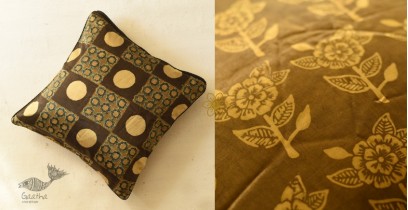
-408x210.jpg)
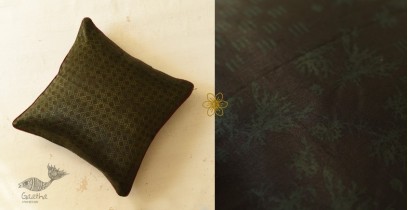
-408x210.jpg)
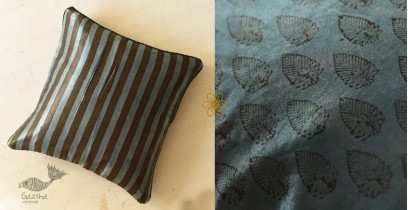
-408x210.jpg)
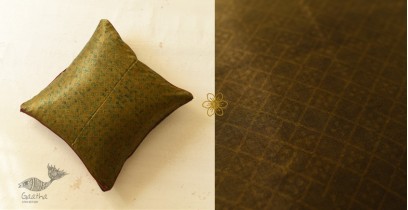
-408x210.jpg)
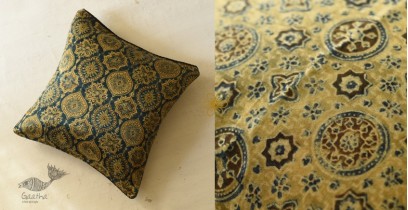
-408x210.jpg)
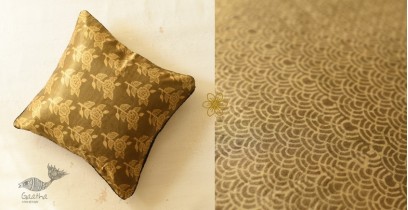
-408x210.jpg)
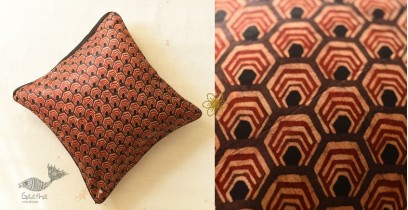
-408x210.jpg)
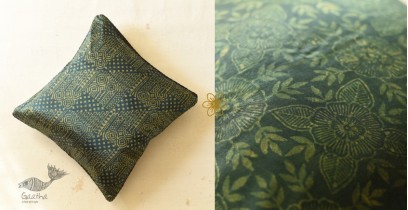
-408x210.jpg)
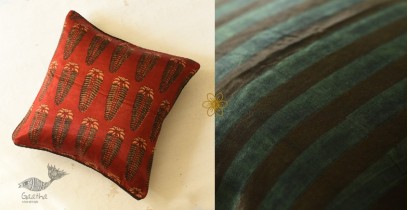
-408x210.jpg)
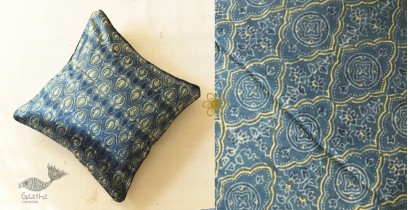
-408x210.jpg)
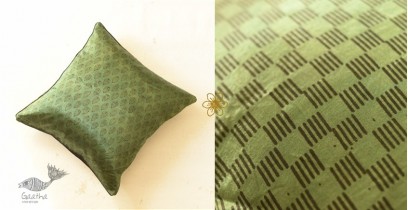
-408x210.jpg)
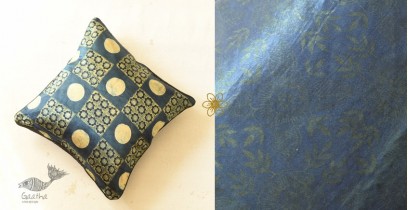
-408x210.jpg)
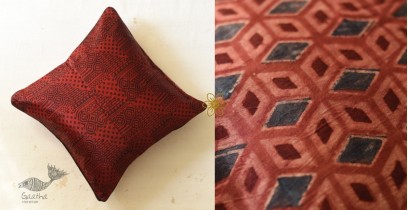
-408x210.jpg)
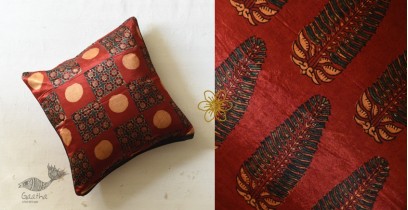
-408x210.jpg)
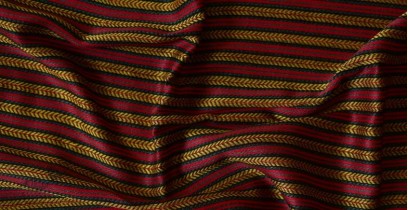
-408x210.jpg)
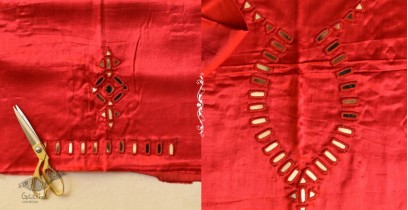
-408x210.jpg)
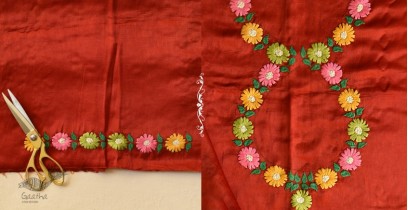
-408x210.jpg)
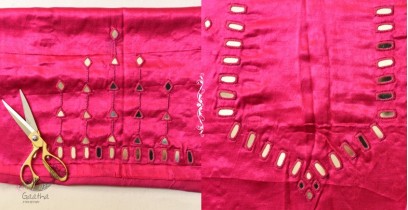
-408x210.jpg)
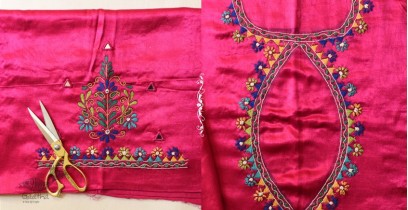
-408x210.jpg)
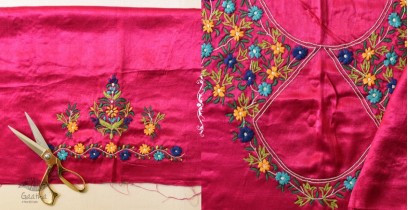
-408x210.jpg)
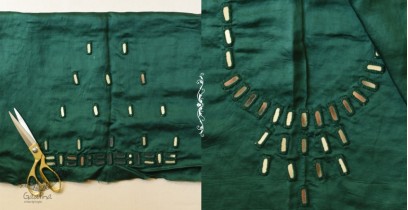
-408x210.jpg)
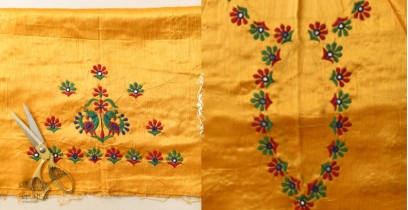
-408x210.jpg)
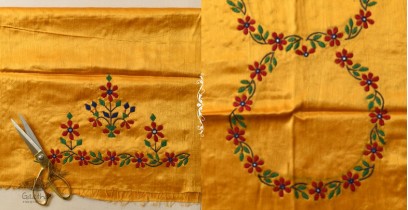
-408x210.jpg)
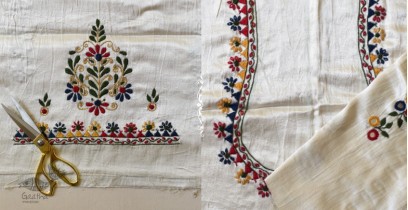
-408x210.jpg)
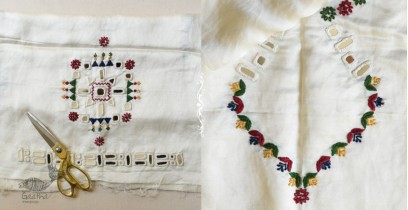
-408x210.jpg)
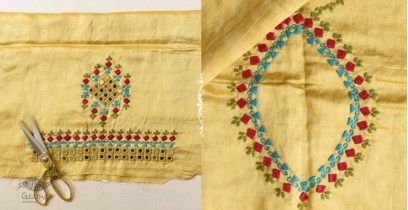
-408x210.jpg)
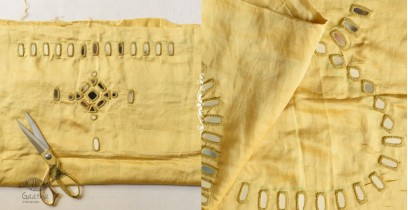
-408x210.jpg)
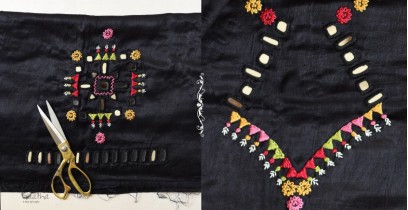
-408x210.jpg)
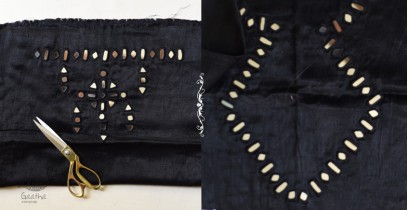
-408x210.jpg)
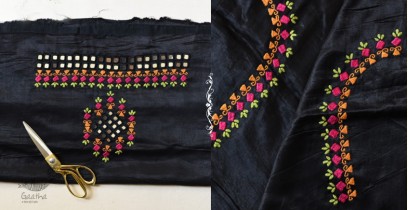
-408x210.jpg)
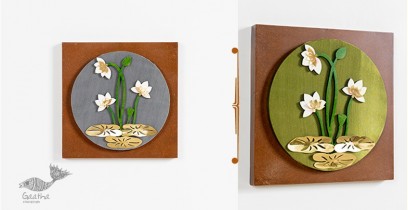
-408x210.jpg)
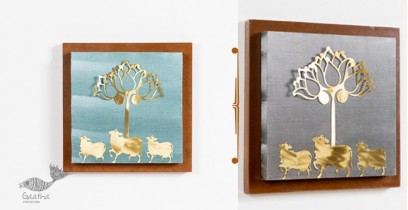
-408x210.jpg)
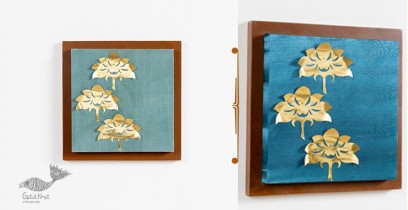
-408x210.jpg)
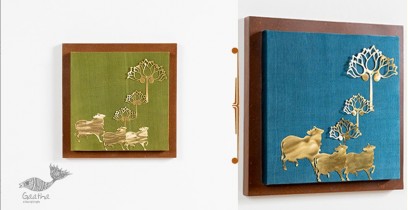
-408x210.jpg)
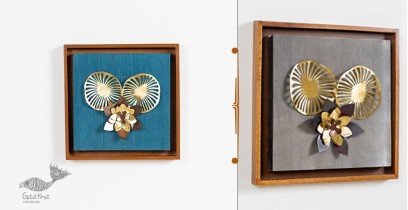
-408x210.jpg)
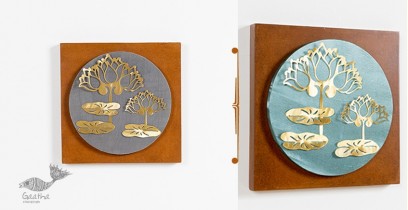
-408x210.jpg)
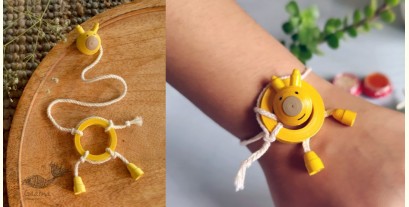
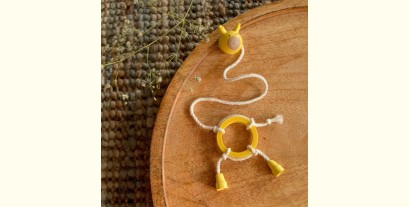
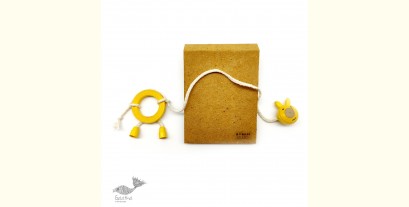
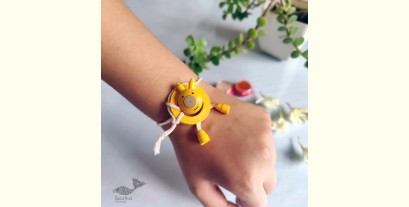
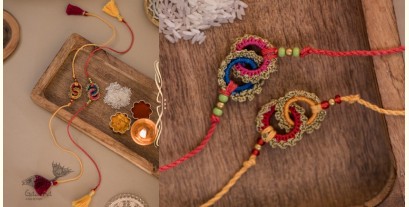
-409x207.jpg)
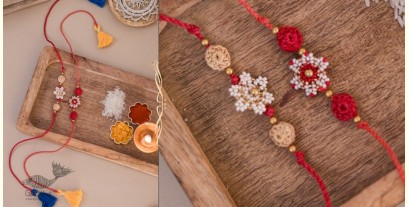
-409x207.jpg)
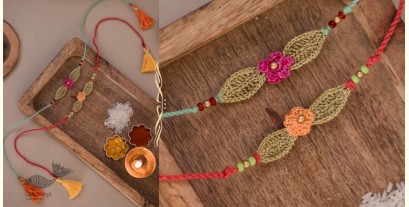
-409x207.jpg)
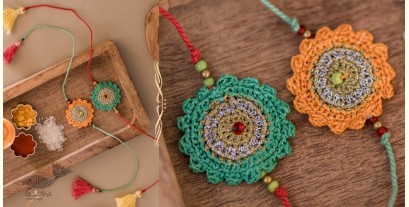
-409x207.jpg)
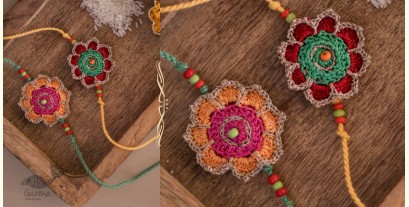
-409x207.jpg)
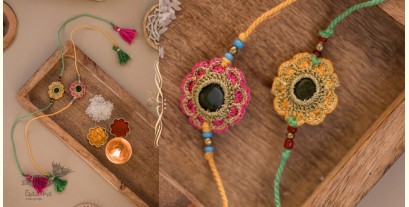
-409x207.jpg)
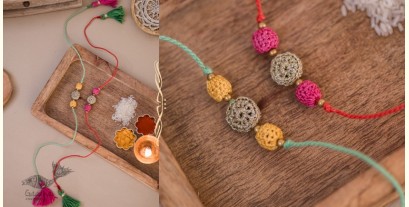
-409x207.jpg)
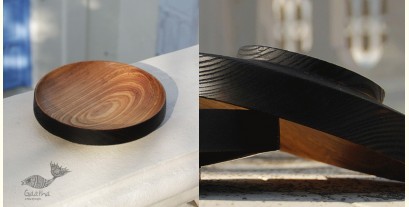
-409x207.gif)
-409x207.jpg)
-409x207.jpg)
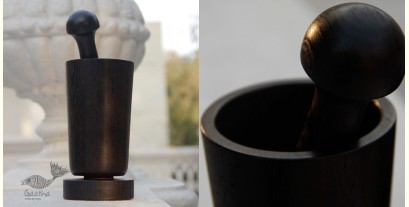
-409x207.jpg)
-409x207.jpg)
-409x207.jpg)
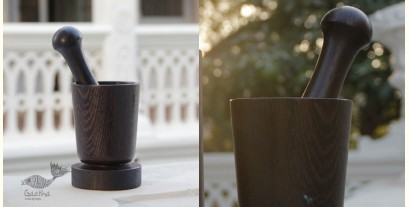
-409x207.jpg)
-409x207.jpg)
-409x207.jpg)
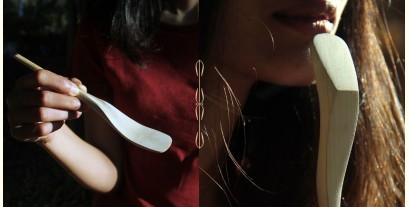
-409x207.jpg)
-409x207.jpg)
-409x207.jpg)
-409x207.jpg)
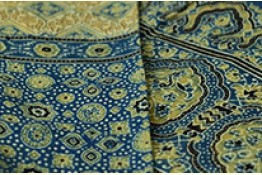
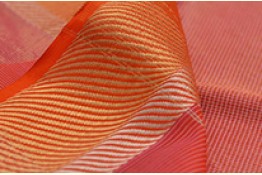
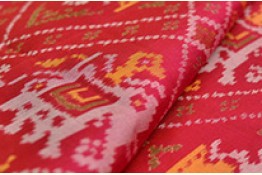
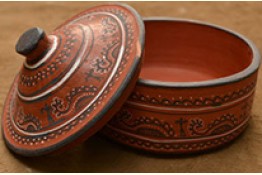
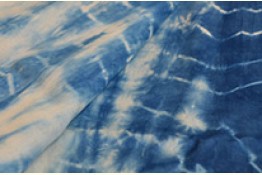
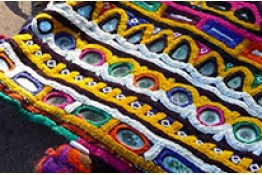
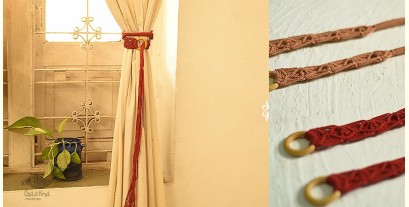
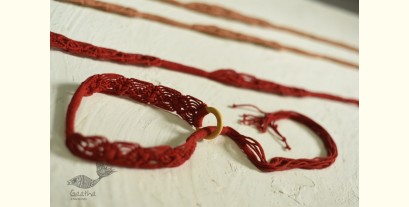
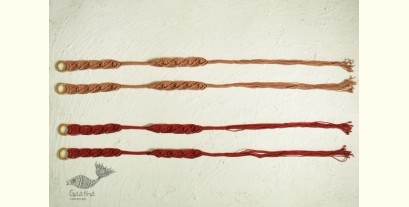
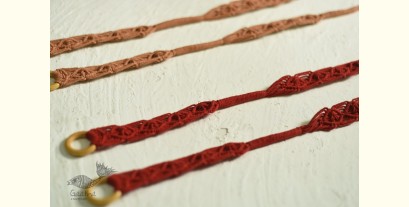
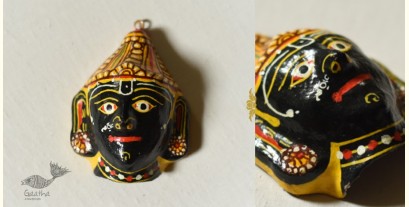
-409x207.jpg)
-409x207.jpg)
-409x207.jpg)
-409x207.jpg)
-409x207.jpg)
-409x207.jpg)
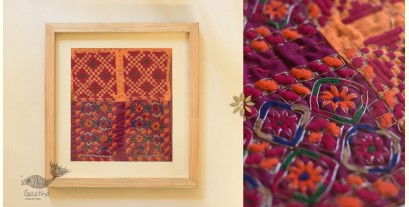
-409x207.jpg)
-409x207.jpg)
-409x207.jpg)
-409x207.jpg)
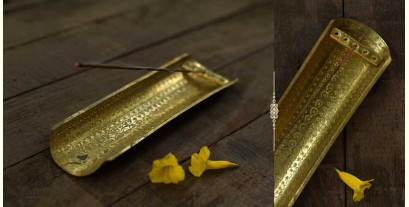
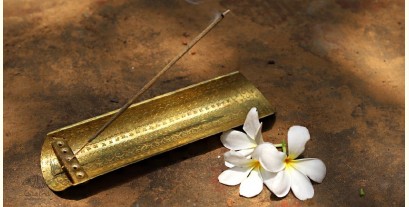
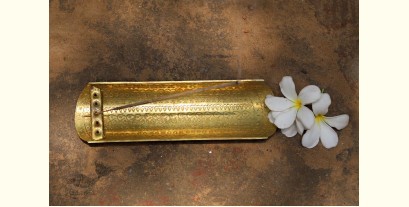
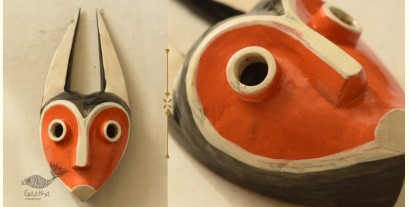
-409x207.jpg)
-409x207.jpg)
-409x207.jpg)
-409x207.jpg)
-409x207.jpg)
-409x207.jpg)
/04_07_2022/Saalmi-Assamese-Silk-Cotton-Saree-Pink-Purple-409x207.jpg)
/04_07_2022/125-(1)-409x207.jpg)
/04_07_2022/125-(5)-409x207.jpg)
/04_07_2022/125-(2)-409x207.jpg)
/04_07_2022/125-(3)-409x207.jpg)
/04_07_2022/125-(4)-409x207.jpg)
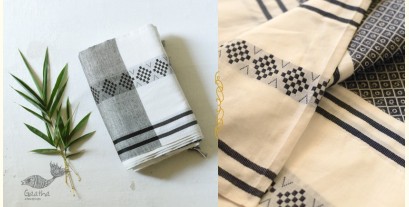
-409x207.jpg)
-409x207.jpg)
-409x207.jpg)
-409x207.jpg)
-409x207.jpg)
-409x207.jpg)
-409x207.jpg)
-409x207.jpg)
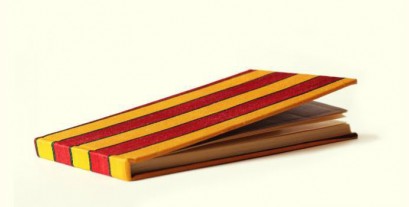
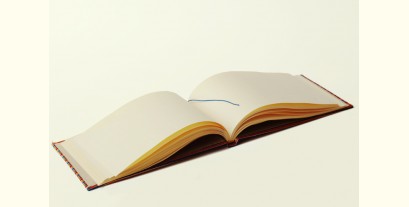
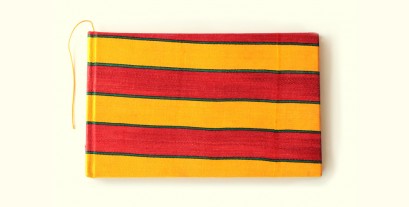
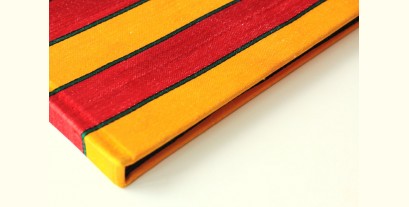
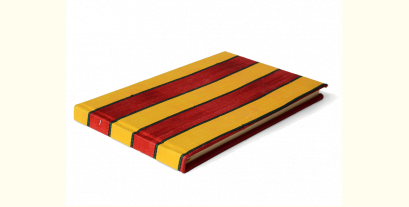
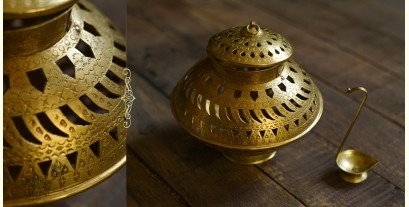
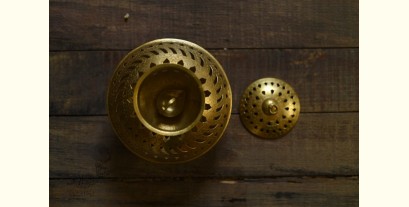
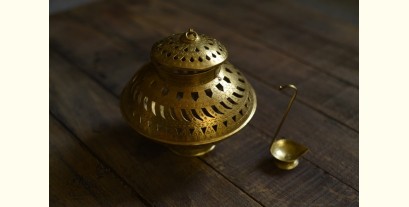
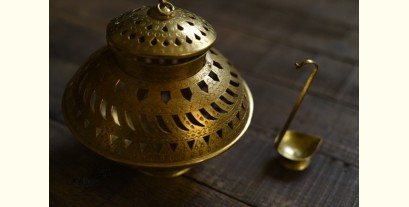
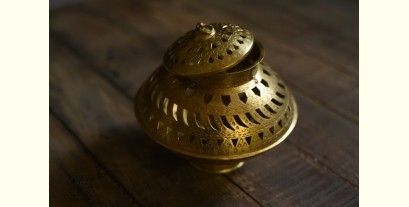
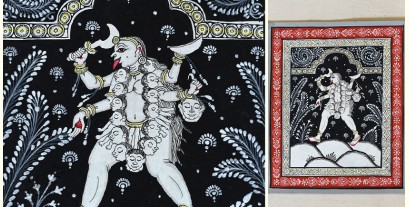
-409x207.jpg)
-409x207.jpg)
-409x207.jpg)
-409x207.jpg)
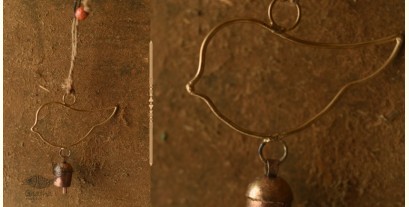
-409x207.jpg)
-409x207.jpg)
-409x207.jpg)
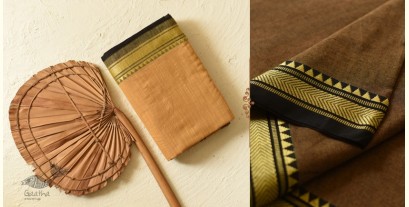
-409x207.jpg)
-409x207.jpg)
-409x207.jpg)
-409x207.jpg)
-409x207.jpg)
-409x207.jpg)
